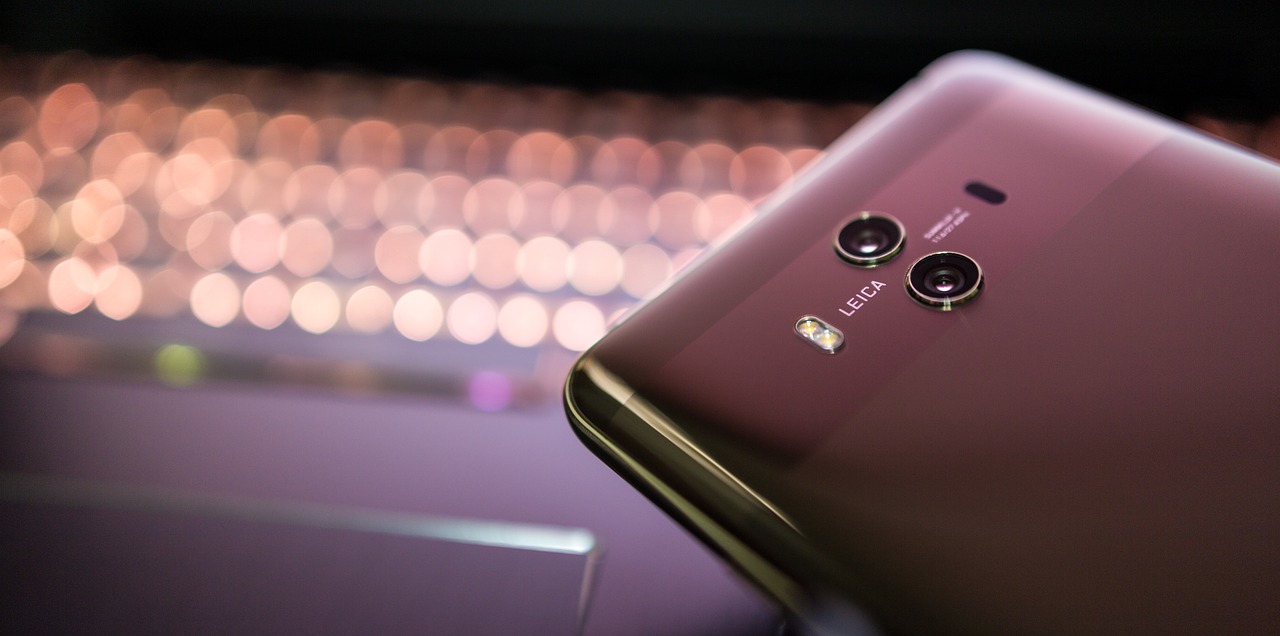“What will they think of next?”
If this is what you ask yourself when you hear about the latest innovative smartphone feature, you’re not the only one. This question is at the heart of the research and development efforts of the world’s big tech companies. Every year, these enterprises invest millions of dollars in their quest to come up with the next big thing or the next amazing idea that will revolutionize the smartphone market. But, as the expression goes, you can’t make an omelet without breaking some eggs. For every idea that really does become the next big thing, there are many many more that never get off the ground. Read on for a fun round-up of six smartphone concepts that seemed like a good idea at the time but didn’t work so well in the real world.
-
Projector phones
For many tech experts, projector phones fall squarely into the category of tech products that were made simply because it was possible to do so, and not because it was necessary or even a good idea. When pico, or very tiny, projectors became a reality, it was probably inevitable that someone would try to incorporate one into a smartphone to see what would happen. Unfortunately, what happened was that the quality of the projector on the phones that integrated it, such as the Samsung Galaxy Beam, was not very high, and users quickly lost interest in the novel, but ultimately substandard, feature.
-
Twistable cameras
It’s easy to understand why a twistable camera feature seemed like it might work: at the time it was introduced (by Oppo Electronics Corporation in 2013), it wasn’t yet possible for smartphone photographers to switch from groupie to selfie mode at the touch of a button. A high-quality swivel camera that you could twist to be either front-facing or back-facing seemed like the perfect solution. However, though a good idea in theory, the twistable camera didn’t fare so well in practice. It was almost impossible to take quick snaps when the camera had to be rotated first, and the addition of moving parts to such a frequently used part of the phone inevitably resulted in more breakages. Though Oppo persisted with the twistable camera through a few different phone models, it became obsolete when dropping prices made it more feasible to add a quality lens to the front of a phone as well as the back.
-
3D interfaces
Despite the money and power of the company behind it, the Amazon Fire phone lasted just three months on the market, losing some $170 million in the process. While the phone’s downfall was caused by a number of flaws—including poor battery life and a lack of support for Google and Android apps—experts agree that its 3D interface didn’t help matters. The feature used four cameras positioned on the front corners of the device to track user head movements and display content from the appropriate angle, thus allowing 2D images to appear in 3D without the user having to wear glasses or a headset. But while the feature was certainly novel, it had almost no practical applications, and most users dismissed it as little more than a gimmick.
-
Modular phones
Tech enthusiasts go wild over the idea of a phone with modular components that can be taken apart and reassembled according to personal preferences, but this trend isn’t likely to gain much ground as long as the broader public remains skeptical. The fact is, the vast majority of people like having their devices pre-assembled and ready to use right out of the box and don’t find doing in-depth research before choosing each of their phone’s components appealing. User-friendliness is the name of the game in the smartphone world, so while modular phones may not go away entirely, they’ll likely never achieve wide public appeal.
-
Liquid metal
In 2010 Apple set the tech world buzzing when it was granted a perpetual, exclusive license to use Liquidmetal, a series of amorphous metal alloys developed at Caltech. Used in commercial and military products since 2003, Liquidmetal is light, strong, highly resistant to wear and tear, and incredibly easy to control and remold. But despite repeated rumors and speculation over the years, we have yet to see any significant part of an iPhone be made from Liquidmetal.
-
Transparent phones
Why is the idea of a phone that you can see through so incredibly popular? It’s not exactly clear (pardon the pun), but it’s a concept that everyone from tech companies to design students keeps coming back to, despite the fact that it’s been used in the real world only a few times and with limited success. Even now that features that could support the creation of a transparent phone are more readily available (like LG’s transparent and foldable screens, transparent phone batteries, and clear glass that allows for charging) there are still few signs that this cool-in-theory idea is likely to progress much further.

